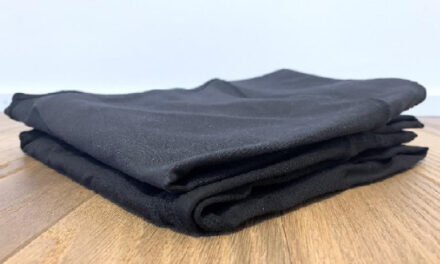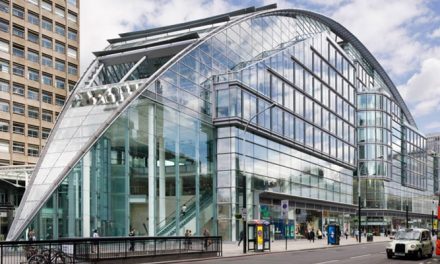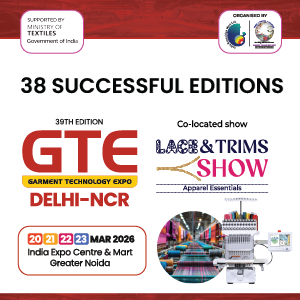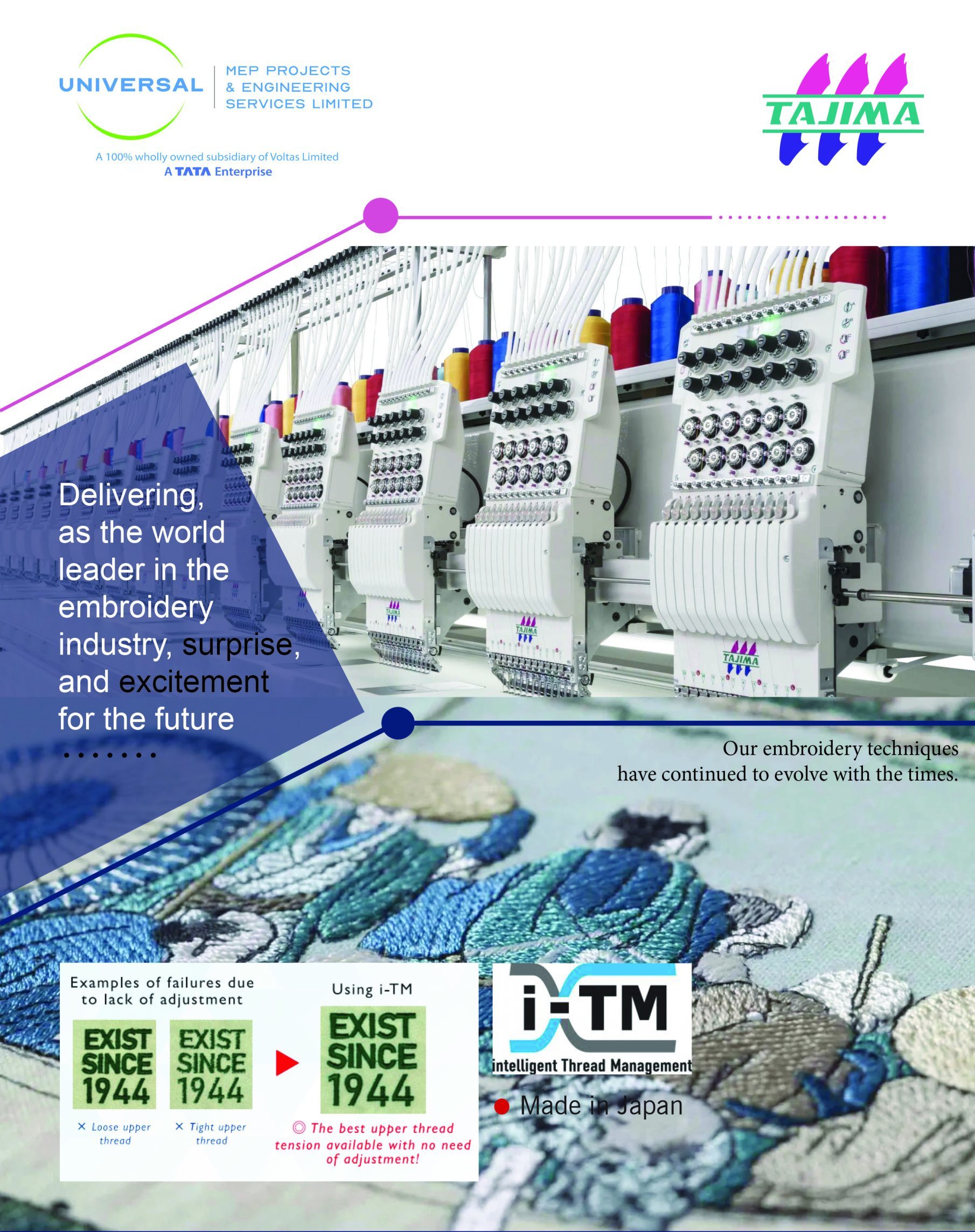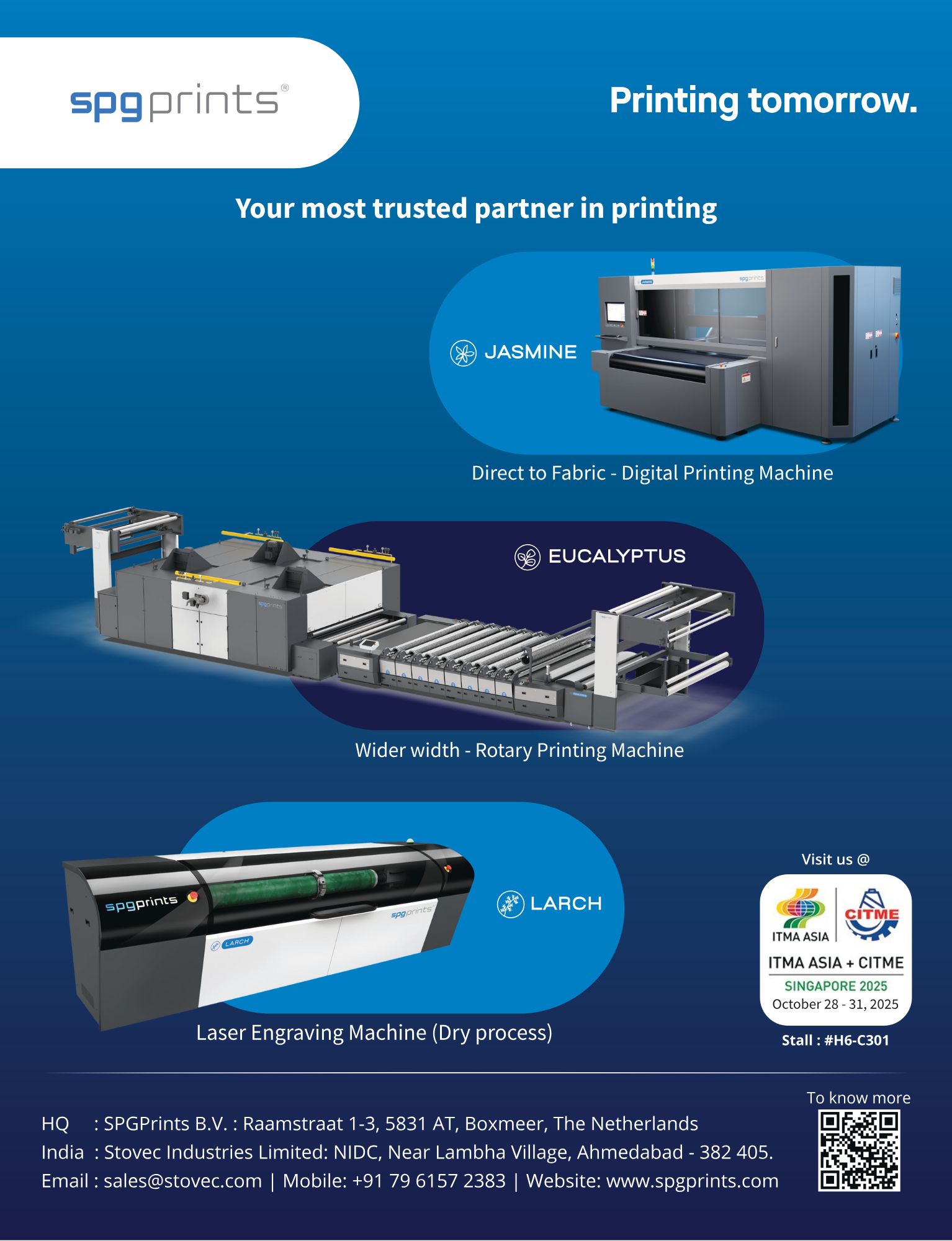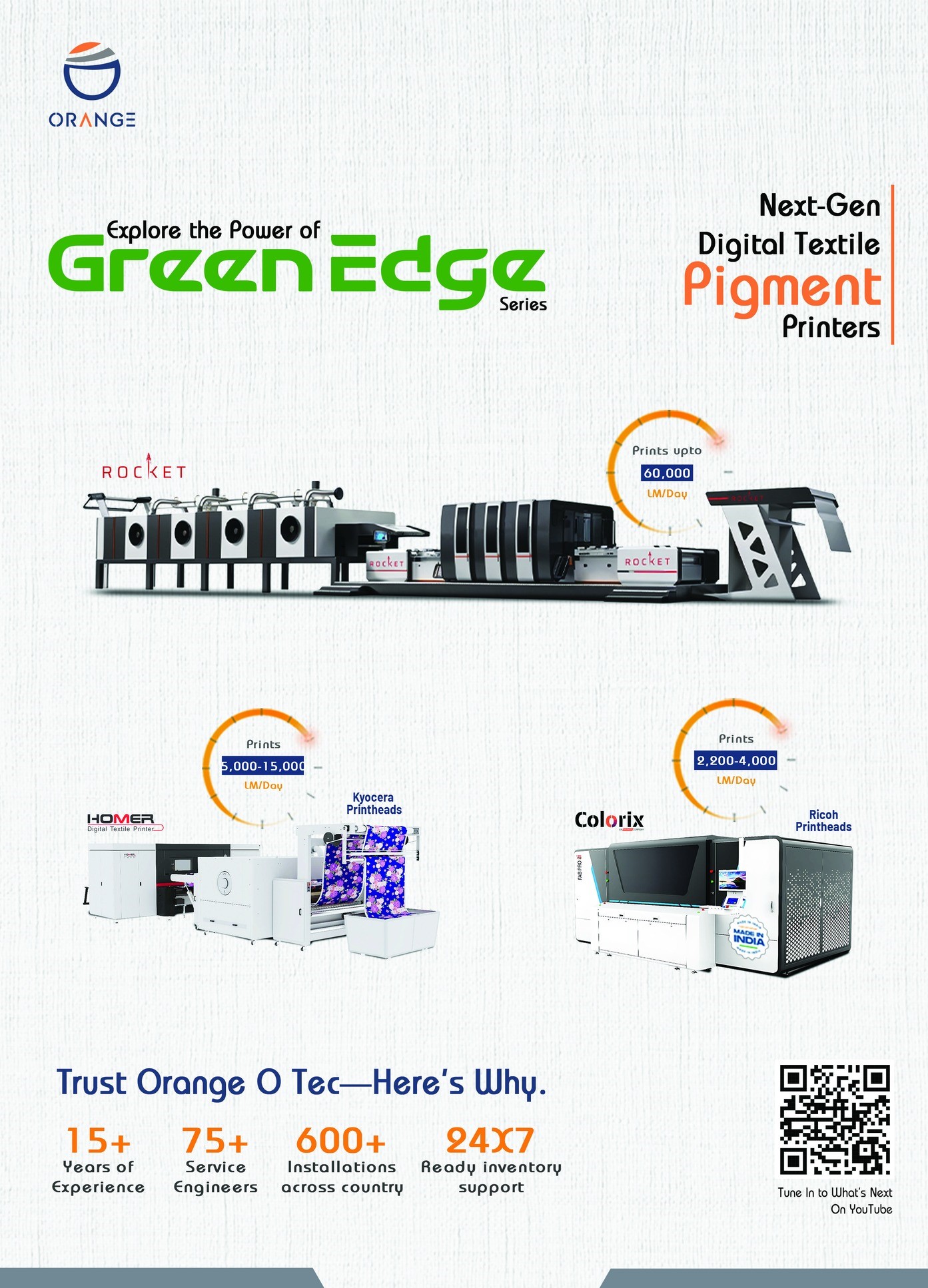 The Hong Kong Research Institute of Textiles and Apparel (HKRITA) is known for making inroads in textile recycling. The R&D and innovation hub has worked with non-profit H&M Foundation to develop a solution to recycle blended textiles into new high-quality fabrics and yarns. Its award-winning Green Machine has also been adopted by denim mills to separate and recycle cotton and polyester blends at scale.
The Hong Kong Research Institute of Textiles and Apparel (HKRITA) is known for making inroads in textile recycling. The R&D and innovation hub has worked with non-profit H&M Foundation to develop a solution to recycle blended textiles into new high-quality fabrics and yarns. Its award-winning Green Machine has also been adopted by denim mills to separate and recycle cotton and polyester blends at scale.
HKRITA is also focusing its efforts on indigo with two projects.
The Institute has developed an AI driven mechanical recycling system to extract the reusable indigo-dyed warp yarns from denim fabrics. The Institute said it is a first-of-its-kind attempt to separate blended denim fabric using a chemical-free and waterless recycling approach.
The project tackles the difficulty of recycling denim due to the blending composition of yarns, which causes degradation of recycled yarn quality and lower recycling efficiency. The system enables recyclers to recover the indigo-dyed yarn and preserve it in good quality for further recycling.
Since warp yarn is typically made with dyed cotton of higher fiber quality, HKRITA said the separated warp yarn can be recycled into denim yarn without the need for dyeing. The mechanism relies on direct mechanical extraction, without the use of chemicals. Additionally, an AI system identifies fabric structures and measures warp yarn density and denim orientation, resulting in a separation efficiency of over 90 percent for warp yarns.
By recycling indigo-dyed yarns, denim manufacturers can reduce their use of virgin cotton, which requires large agricultural and water resources, fertilizer and pest control chemicals. It also reduces the environmental impact of dyeing denim. The separated dye cotton yarns are ready for reuse without the need to be re-dyed, saving operation cost on dyeing and wastewater treatment. The whole process is chemical-free and waterless, HKRITA said.
The project won a gold medal in this year’s International Exhibition of Inventions in Geneva.
“Indigo is one of the important focuses for HKRITA because the textile industry is one of the major sources of water pollution globally, with denim manufacturing being a significant contributor. Typically, 200–350 cubic meters of wastewater is generated per tonne of finished denim products,” said Katherine Chan, Director, Business Development, HKRITA. “HKRITA has strong connections with the textile and fashion industry. We have dedicated our efforts to research in this area as denim manufacturers in China and Southeast Asia have shown special interest in technologies for treating denim wastewater.”
HKRITA is also exploring to use a biodegradable mechanism to remove the indigo dye from wastewater.
The biological post-treatment method removes indigo blue in wastewater from denim factories by using sunlight and macroalgae species. The dye in the wastewater is broken down by the enzymes produced in the metabolism of the macroalgae species such as Cladophora and Chaetomorpha for dye biodegradation.
The algae-based wastewater decoloring system can be added to denim factory equipment operation system. HKRITA said the system helps consume the carbon dioxide waste gas emitted from denim factories, leading to a “more active process of capturing carbon dioxide and contributing to a cost-effective, energy-efficient and eco-friendly solution for the reduction of wastewater dye pollutants from denim factories.”
It can also make use of sunlight for power supply with UV panels installed and for supporting the growth of macroalgae. The two projects have been completed. “We have introduced them to several denim manufacturers. The main challenges now lie in the engineering design for scaling up the systems,” Chan said. For the project to remove indigo in wastewater, she said “we need to adapt the design for light penetration, water circulation, and setups for containing the macroalgae species from lab scale to industrial scale.”
Similarly, for the mechanical warp weft separation project, the next step is to scale up the system to meet the production efficiency required at an industrial scale.
“Incorporating new technologies into the manufacturing process is essential for innovation but can be challenging. This includes everything from new materials, advanced recycling techniques to cleaner production processes. It usually requires significant investment. This can be a barrier, especially for smaller manufacturers,” Chan said.



